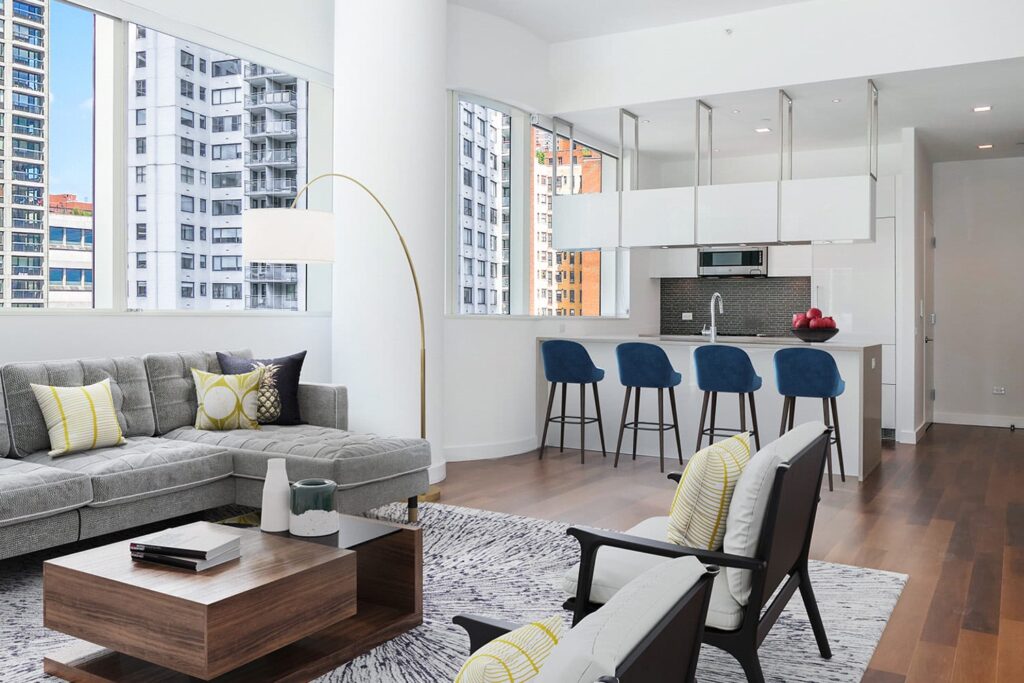
The 6 main reasons for using architectural and Interior Design Bangkok can be summarized as an ability to provide information beyond geometric ones (costs, materials, plants, maintenance, energy performance.
- ability to provide information for each phase of the building’s life
- possibility of sharing in real time with all stakeholders
- time saving
- economic saving
- obligation to use for public procurement (from 2025 with no amount limit)
Finally, we will also see which software is used for design. The possibility of exploiting the potential with different software (Archicad, Revit, AllPlan…) could be considered the seventh advantage in the use in architecture.
To understand these reasons for architectural design, let’s start from the basics…

The advantages of using architectural design
Having identified main advantages in using architectural design, let’s see them in detail:
Ability to provide information beyond geometric ones
The building information model contains a whole range of useful information. For example, for the architectural design phase, the information contained in the digital model is of a geometric type (dimensions, areas, volumes), material (type of materials of each component), costs, energy performance. And with the intervention of specialists (structural engineers, installers, landscape architects, etc.), the model lends itself to incorporating information about the structures, systems and any other input from the consultants involved.
And it is precisely the model’s ability to collect information that goes beyond simple geometric characteristics (typical of CAD drawings that architects are / were used to) that explains the first of the reasons for using architectural design.
Ability to provide information for each phase of the building’s life
But the information collected by the model does not stop at the design phase and extends to all phases of the building’s life: for the subsequent phases, such as construction, maintenance and even demolition and disposal of the building, the digital model contains invaluable information such as site timing, safety, the maintenance needs of each element and the quantification of demolition waste.

Casandra spends most of her time researching new recipes and creating unique meals for her family and friends. What she learns, she also writes about and shares them with her readers who are looking for content similar to what she creates.
